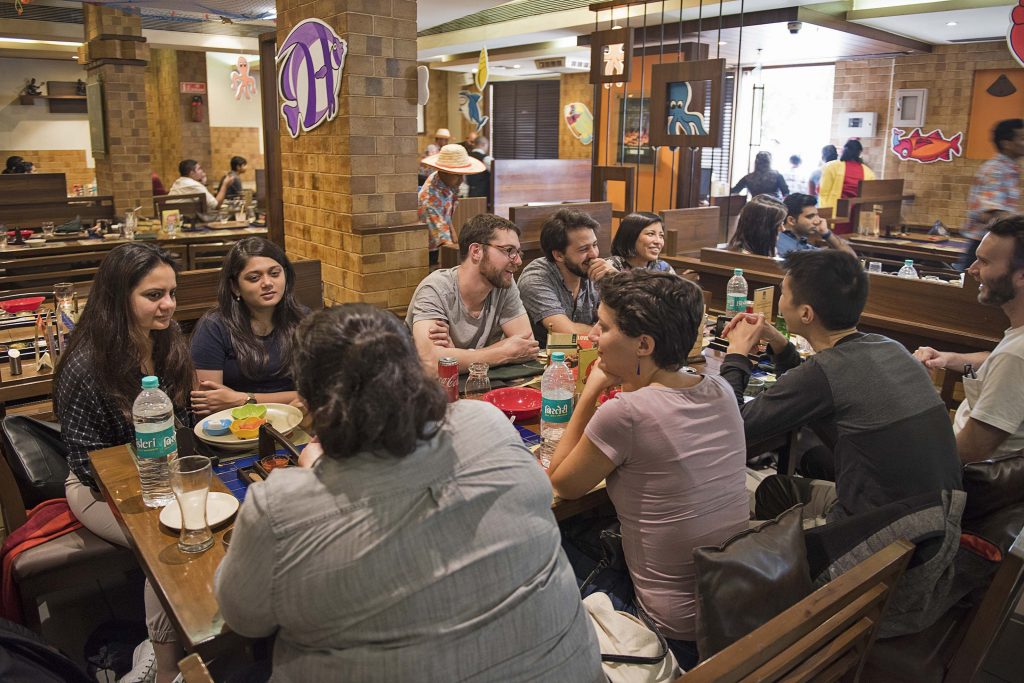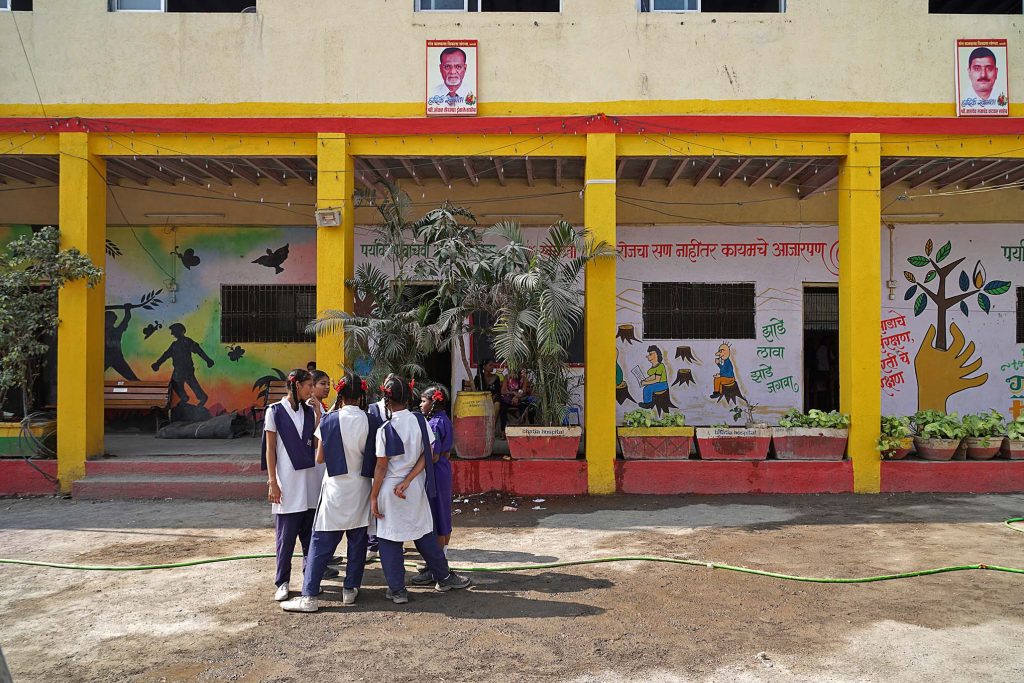The Spring 2018 option studio “Extreme Urbanism V: Exploring Hybrid Housing Typologies, Elphinstone State” explored questions around housing in one of the world’s most congested cities: Mumbai. Led by Professor Rahul Mehrotra (MAUD ’87) and assisted by Teaching Associate Claudia Tomateo (MAUD ’17), the studio, along with the 2018 Loeb Fellows, traveled to Mumbai in February for a nine day visit. Tomateo provides an introduction and captions to photography by Dinesh Mehta.
Text by Claudia Tomateo (MAUD ’17), photography by Dinesh Mehta
Students in “Extreme Urbanism V” spent the semester investigating current housing challenges facing Mumbai, a city with both one of the most expensive rental markets in the world and 40% of residents living in slums. Issues of spatial inequality, the city’s policies for housing provision, and affordable housing building typologies on high-value land were considered. How to provide affordable housing in costly areas as an alternative for current “relocation” strategies in the outskirts of the city? How to design a profitable model for market-driven demands that would ensure spaces of equity and multiple income housing? During our studio trip in February, the group visited a few of Mumbai’s housing projects, the most contested areas in the city, and the slums. More importantly though, students immersed themselves into the culture as a way of understanding different approaches to living in and experiencing the city.










